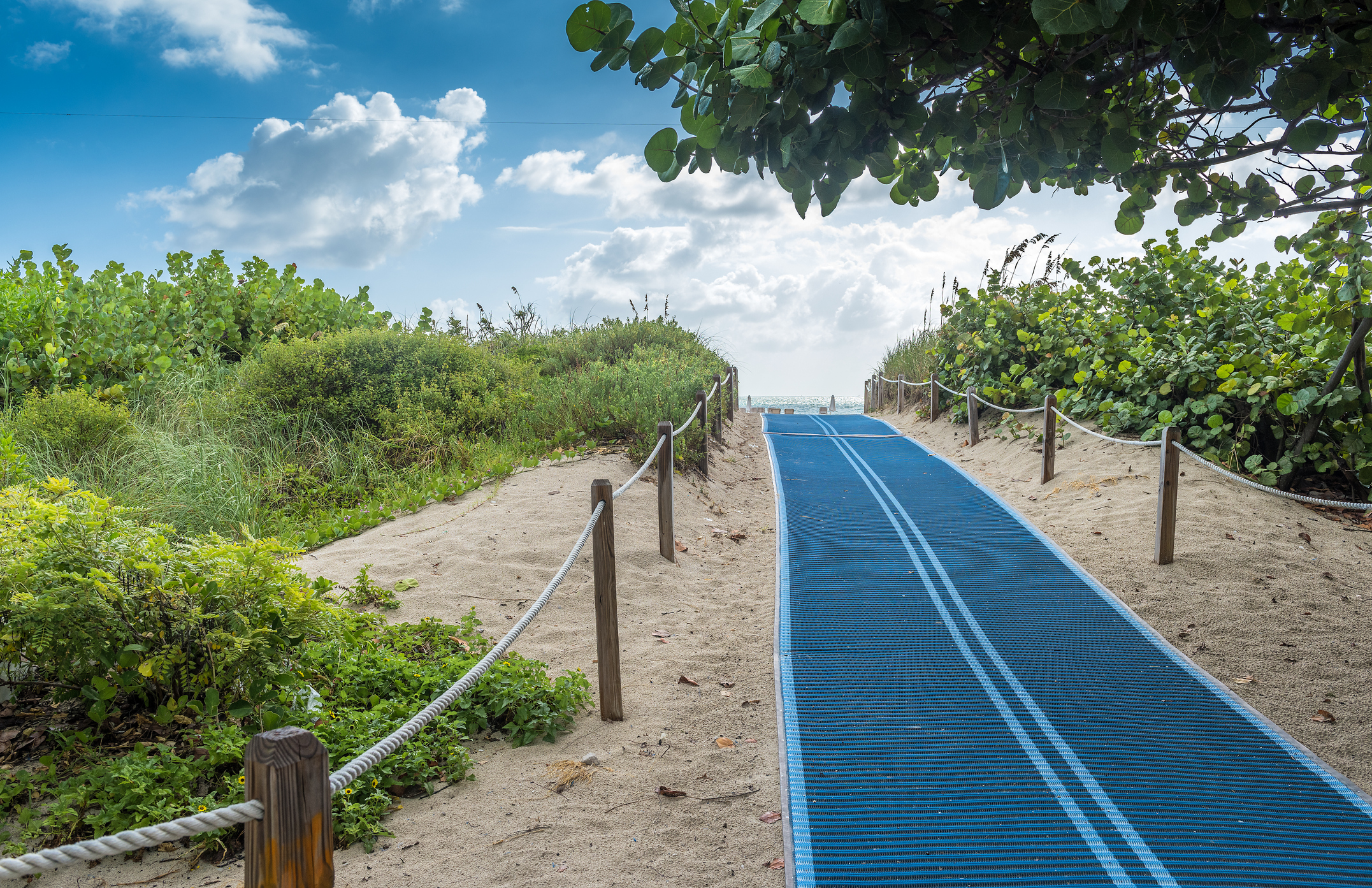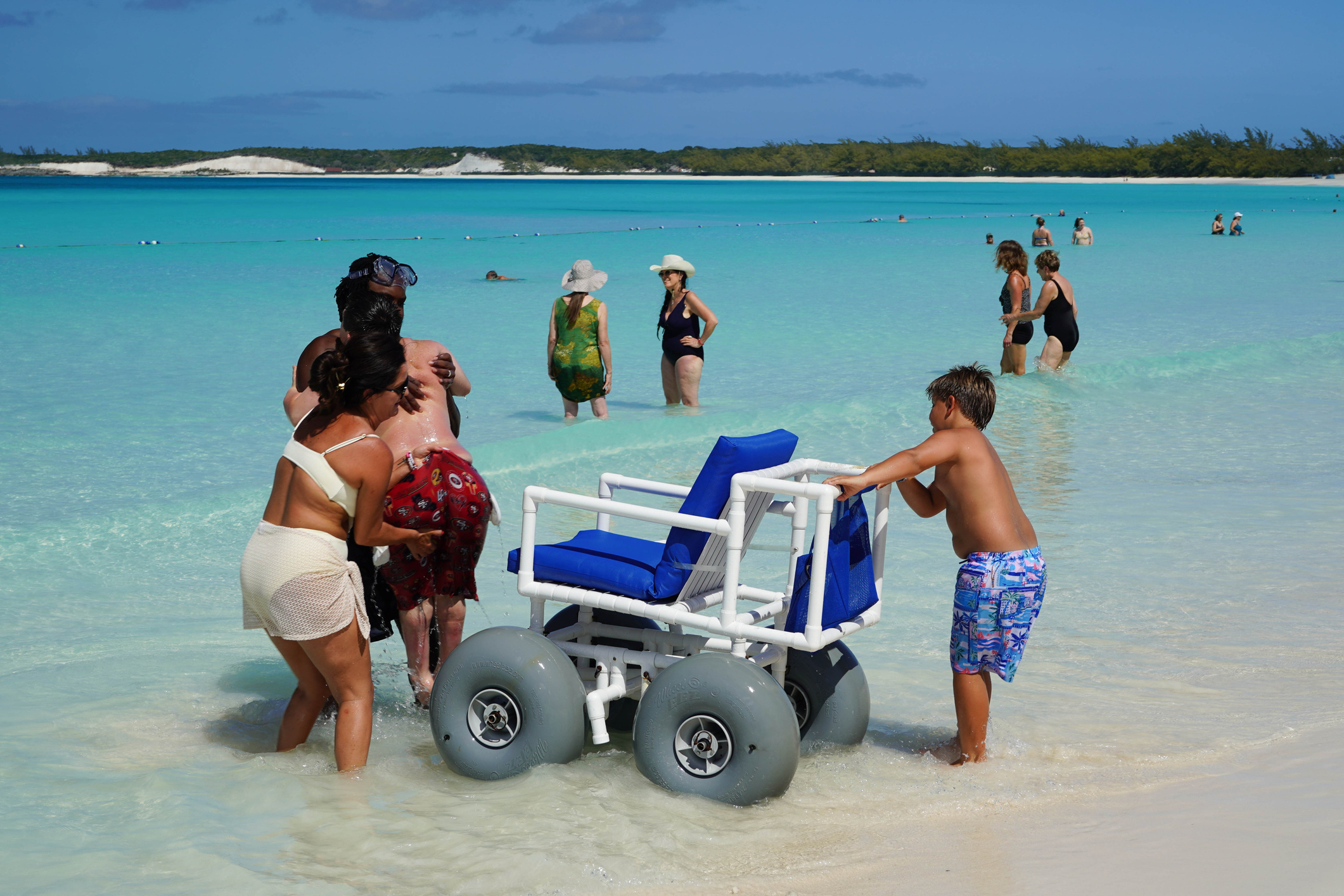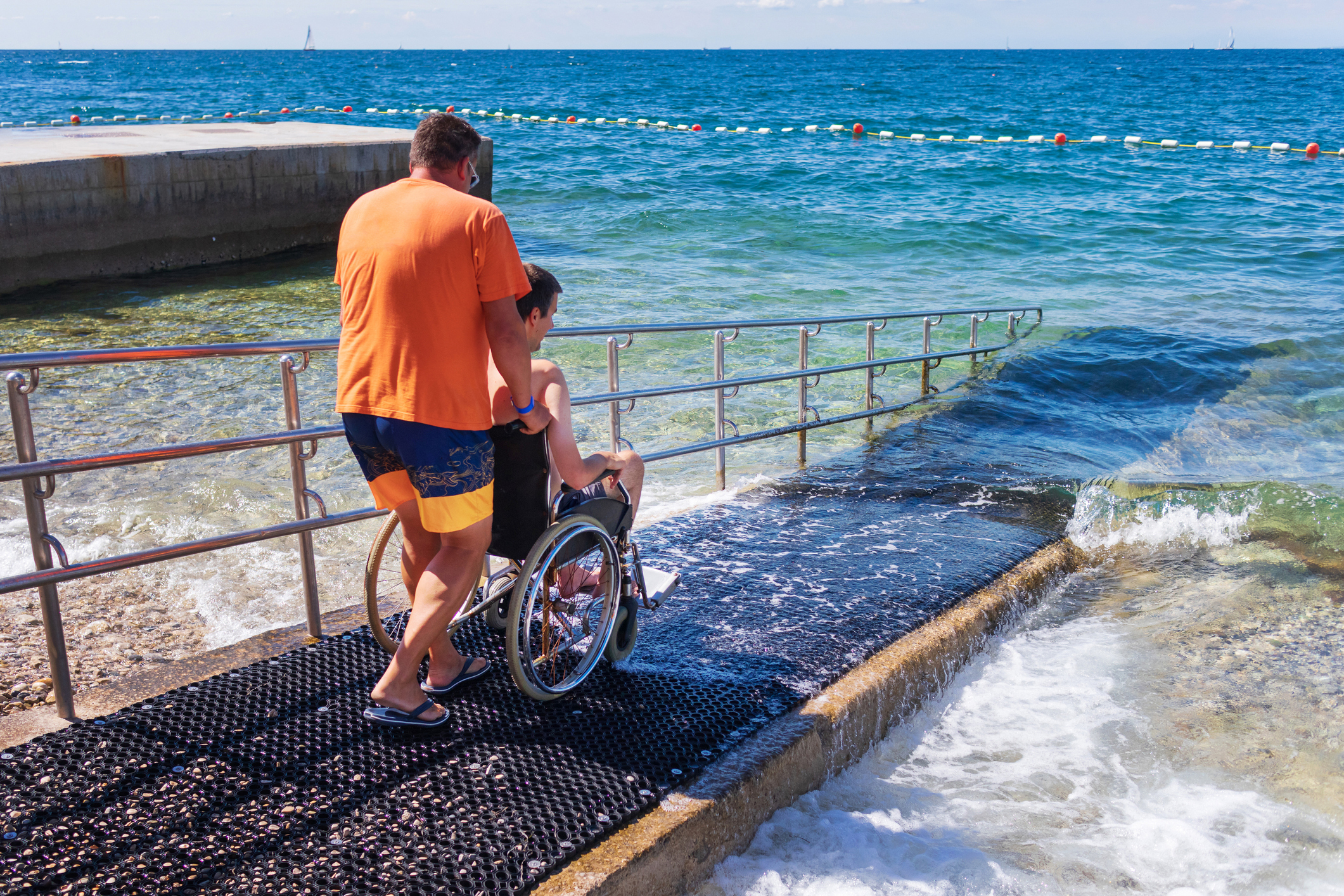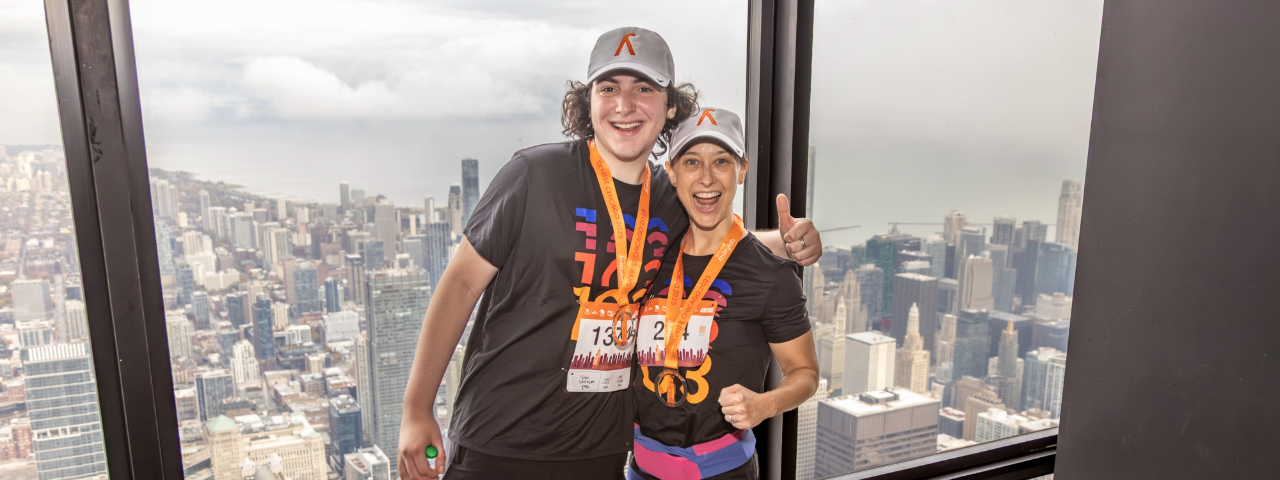Body
There’s nothing like a beach day — waves crashing, sun shining, toes in the sand. However, for wheelchair users, the beach can be a tricky destination. Deep, soft sand can make it nearly impossible for most manual or power wheelchairs to roll safely.
As summer gets underway, wheelchair users shouldn’t give up on beach fun. With the right equipment, planning and a few helpful tips, the beach is absolutely within reach.
Why Wheelchairs & Sand Don’t Mix
Body
Let’s start with the basics: Most wheelchairs — including manual wheelchairs propelled by a user or caregiver as well as power wheelchairs propelled by a motor — are not designed for sand. The wheels are narrow and can get stuck quickly in soft, uneven terrain.
Once a chair sinks in, it’s not easy to get it out— especially a power wheelchair, which can weigh 350 pounds or more. Friends or family members may struggle to pull it free, risking injury to themselves. That’s why it’s important to plan ahead and know your options.
Safety First: How to Avoid Getting Stuck
Body
Whether you're using a power wheelchair or a manual chair, it’s best to avoid taking it directly onto the sand.
Here are a few tips for staying safe:
- Stick to designated accessible paths or boardwalks if available.
- Avoid wet sand near the tide line, which can look firm but act like quicksand.
- Have a backup plan in case your wheelchair gets stuck. Be aware of who can help and how to exit the beach safely if needed. Never hesitate to ask beach staff for assistance; they often have information about what special equipment may be available and what areas are accessible.
Equipment to Make the Beach More Accessible
Body
Fortunately, a growing number of tools and adaptations can make the beach safer and more fun for wheelchair users.
1. Beach Mats

These are long, portable pathways that lay on top of the sand to create a stable, rollable surface for most wheelchairs. These mats are a game-changer for anyone using a wheelchair or other assistive devices, such as a walker.
Some beaches install beach mats seasonally or keep them out year-round — check ahead on local websites or contact park or beach staff to find out what’s available.
2. Beach Wheelchairs

Many beaches offer free or low-cost beach wheelchair rentals. These chairs have oversized, balloon-like tires that float over sand instead of sinking into it. Some models even float in the water, but always check safety guidelines. An individual usually can’t operate beach wheelchairs independently as they’re designed to be pushed by a second person, but they often offer the easiest way to enjoy the shore safely.
Call ahead to reserve a beach wheelchair if possible. Some locations have limited quantities, and they may require an ID or small deposit to use one.
3. Manual Wheelchair Upgrades

If you want to use your own manual wheelchair on the beach, consider switching to wider tires made for outdoor use. These tires offer better grip and reduce the chance of sinking. A front-mounted, power-assist device with a wide tire can lift your front casters, or wheels, slightly off the ground, making it easier to glide over sand.
Thinking about making some changes to your wheelchair for the beach? Check in with your wheelchair supplier first to make sure everything’s safe and compatible.
Do Your Research Before You Go
Body
Planning is half the battle. Before you pack your sunscreen, look up your beach destination online or call ahead. Some helpful things to ask:
- Does the beach have accessible parking and bathrooms?
- Are there paved or hard-packed paths to the shore?
- Are beach wheelchair rentals or beach mats available?
- Are there shaded areas or rest stops near accessible routes?
Online travel forums, local parks and recreation websites, and beach accessibility maps all can offer up-to-date information about wheelchair access. The U.S. Access Board and the National Center on Accessibility (NCA) are also great resources if you’re looking for accessible recreation options in your area.
The bottom line: With a little planning and the right gear, fun in the sand is absolutely possible with a wheelchair.
Meet the Expert: Anna Gonzales-Hindelang
Body
Anna Gonzales-Hindelang, DPT, is a 2013 graduate of Maryville University in Saint Louis and is a board-certified clinical specialist in neurologic physical therapy. She joined Shirley Ryan AbilityLab in 2015, treating patients with medically complex conditions and spinal cord injury. She now has a full-time role within the hospital’s Wheelchair Seating & Positioning Center, where she helps design custom-built wheelchairs and specialty seating systems. Anna is currently an adjunct professor at the Department of Physical Therapy & Human Movement Science at Northwestern University Feinberg School of Medicine.

